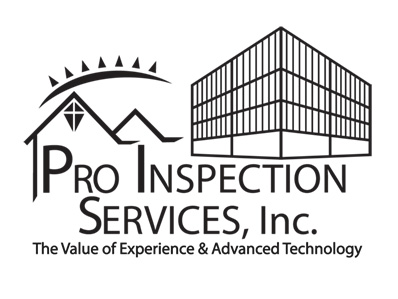Sustainable Living Guide
As concerns about climate change grow, homeowners hold an important role in encouraging sustainability. By making responsible choices within our households, we reduce our carbon footprint and pave the way for a healthier planet for generations to come. This comprehensive sustainable living guide is for homeowners looking to incorporate green practices into their daily lives.
Energy Efficiency
Improving energy efficiency is a cornerstone of sustainable living at home. Even minor adjustments significantly reduce energy consumption and utility bills. Here are some strategies:
- Upgrade to LED lighting, which consumes less energy and has a longer lifespan than traditional incandescent bulbs.
- Invest in appliances with high energy efficiency ratings, preferably those bearing the ENERGY STAR label, indicating compliance with rigorous energy efficiency standards.
- Seal air leaks around windows, doors, and other openings to prevent heat loss during colder seasons and maintain cooler indoor temperatures in the summer.
- Install a programmable thermostat to regulate temperature settings based on your schedule, optimizing energy usage throughout the day.
Water Conservation
Conserving water is one of the most important things we can do for the environment, and it’s not hard to do. Preserving this invaluable resource alleviates pressure on local water sources and saves energy. Here’s how to minimize water wastage at home:
- Promptly address leaks in faucets, toilets, and irrigation systems, as even minor leaks may lead to significant water loss over time.
- Replace outdated showerheads and faucets with low-flow alternatives to reduce water consumption without compromising water pressure.
- Install a rain barrel to save rainwater. This will provide a sustainable water source for outdoor activities such as watering plants or washing vehicles.
Sustainable Living Guide: Waste Reduction
Minimizing waste generation and practicing proper waste management are integral to sustainable living. By adopting the principles of reduce, reuse, and recycle, homeowners significantly mitigate their environmental impact:
- Use reusable items whenever possible, minimizing reliance on single-use products.
- Enrich soil health and reduce methane emissions from landfills by establishing a composting system to recycle organic waste.
- Choose products with less packaging and opt for those made from eco-friendly materials, supporting sustainable production practices.
Eco-Friendly Landscaping
Transforming outdoor spaces into sustainable landscapes enhances curb appeal and promotes biodiversity and ecosystem health. Ideas for eco-friendly landscaping practices include:
- Add native plants into your garden and landscaping projects, as they are well-adapted to local climate conditions and require minimal water and maintenance.
- Implement xeriscaping principles to design water-efficient landscapes using drought-tolerant plants, mulch, and efficient irrigation systems.
- Adopt chemical-free lawn care practices by avoiding synthetic pesticides and herbicides in favor of organic alternatives that protect beneficial insects and benefit soil health.
Renewable Energy Integration
Integrating renewable energy sources into your home reduces reliance on fossil fuels and decreases carbon emissions. Here are two options to explore:
Solar Panels: Install solar panels on your roof or property to harness renewable energy from the sun. This will reduce your dependence on grid electricity and lower utility bills.
Wind Turbines: Install a small-scale wind turbine to generate clean energy from wind power, supplementing your electricity needs and further reducing carbon emissions.
By embracing these eco-friendly changes, homeowners can mitigate environmental degradation and foster a more resilient future.
FAQs about this Sustainable Living Guide
Will implementing sustainable practices really make a difference?
Absolutely. Every eco-friendly decision contributes to a cumulative impact, leading to resource conservation, environmental protection, and significant reductions in carbon emissions.
Are sustainable products more expensive?
While some sustainable products may entail higher initial costs, many options actually yield long-term savings through reduced energy and water consumption and decreased waste generation.
How can I encourage my family members to adopt sustainable practices?
Lead by example and emphasize the tangible benefits of sustainability, including cost savings, improved health, and environmental stewardship. Get your family involved in decision-making processes and provide educational resources to create a shared commitment to sustainability.
Pro Home Inspection Services offers home inspections to buyers and sellers in Charleston and the surrounding areas. Contact us to request an appointment.

